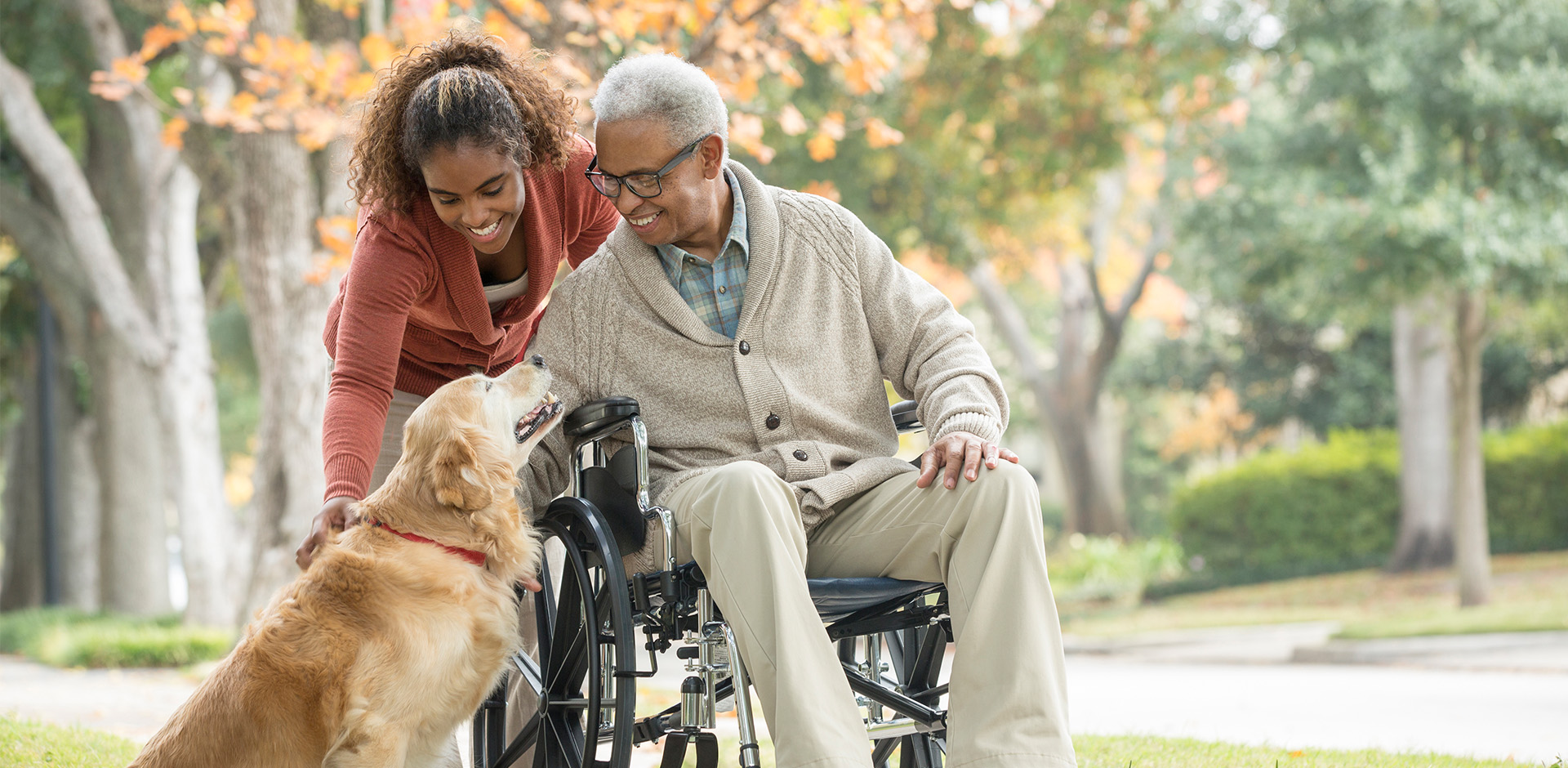Exercise for CIPN
By Sumedha Shastry
Have you ever been watching TV and stumbled upon an advertisement promoting an 80s aerobics class—filled with bright workout outfits and groovy background music? For many, it brings back memories of decades past, when Jane Fonda and Arnold Schwarzenegger were iconic television figures; for others, like me, it exposes life before YouTube workout videos and YMCAs! Seeing these enticing exercise commercials, I used to think that exercise was an activity relegated only for weight loss or social engagement. Yet, it had never occurred to me that exercise could be a treatment for a serious medical condition like chemotherapy-induced peripheral neuropathy (CIPN). If you had a similar thought, I’m writing this blog post to bring awareness to the beneficial implications of exercise for CIPN.
For those with CIPN who thought the days of 80s workout classes were behind them, I’m here to assure you they’re not!
Introduction:
Hello, I’m Sumedha Shastry, a senior at Centennial High School in Ellicott City, MD. During my sophomore year, I delved into researching chemotherapy-induced peripheral neuropathy (CIPN) and explored the impact of exercise on its treatment and prevention. My journey led me to publish a paper as the first and corresponding author, titled “The Future of Chemotherapy: The Mechanisms and Benefits of Exercise in Taxane-Induced Peripheral Neuropathy,” in collaboration with Drs. David Mizrahi and Grace Kanzawa-Lee. In this blog post, I’ll delve into how exercise plays a crucial role in managing CIPN and share potential exercise regimens to consider.
Understanding CIPN:
Before I get started, I want to clarify what CIPN is, for those who just got diagnosed or a family member who is unaware of the condition. CIPN is a side effect of several first-line chemotherapeutic agents, most often presenting as numbness, tingling, burning, and shooting pain in the hands and feet. It is a dose-limiting effect, meaning the CIPN symptoms may be so harmful to the patient that the dose of chemotherapy has to be reduced to lessen the negative side-effects.
As you can imagine, this is extremely harmful to a patient’s cancer progression, as a smaller dose of chemotherapy has a smaller chance of fully targeting the cancer. The dose-limiting aspect of CIPN is one of the major reasons an effective treatment is crucial to find, driving me in my research mission.
Exercise’s Role in CIPN:
Through various modalities such as strength, aerobic, resistance, and balance training, exercise emerges as a promising avenue for alleviating, stabilizing, and preventing CIPN symptoms. From enhancing mitochondrial function to promoting axonal protection, exercise exerts multifaceted effects that can significantly improve quality of life for those battling CIPN.
Platinum compounds (a class of chemotherapy drugs) can alter mitochondrial activity in cells by binding to mitochondrial DNA, and since mitochondria don’t have any repair systems, damage is irreversible. The damage leads to increases in the amount of reactive oxygen species and oxidative stress on the cell, eventually leading to neuropathy. Aerobic exercise provides oxygen to muscle cells, which improves mitochondrial function [1].
Axonal degeneration is a major mechanism by which CIPN symptoms develop. Exercise has been shown to promote axonal outgrowth and protect against axonal degeneration [2]. Exercise has been shown to increase the production of neurotrophic factors, which are proteins that support the development and survival of neurons [3].
Exploring Exercise for CIPN:
Before I get into possible exercise regimens, I would like to emphasize the importance of finding one that you feel comfortable doing and that you are able to safely do. CIPN is taxing on the body, and it is totally understandable if you need to reduce your exercise intensity progressively. Below are different exercises you can do to improve your strength and balance, per the Penn State Cancer Institute’s Oncology, Nutrition, and Exercise Group [4].
- Warm Up: Warmup exercises
- Strength Training: Core exercises, Lower-body exercises, and Upper-body exercises
- Balance Training: Balance exercises and Flexibility exercises
Workout Plan: Begin with two warm-up exercises, each lasting 1 minute, followed by 3-4 exercises from either the strength or balance training categories, completing 10 repetitions on each side. Conclude with a 10-minute cool-down walk. You can progressively adjust these durations or repetitions as necessary; consistency is key.
Conclusion: Exercise for CIPN is life changing
Exercise can be a truly life changing option for those suffering from CIPN, and I would highly recommend talking to your doctor about it as an option in your treatment!







